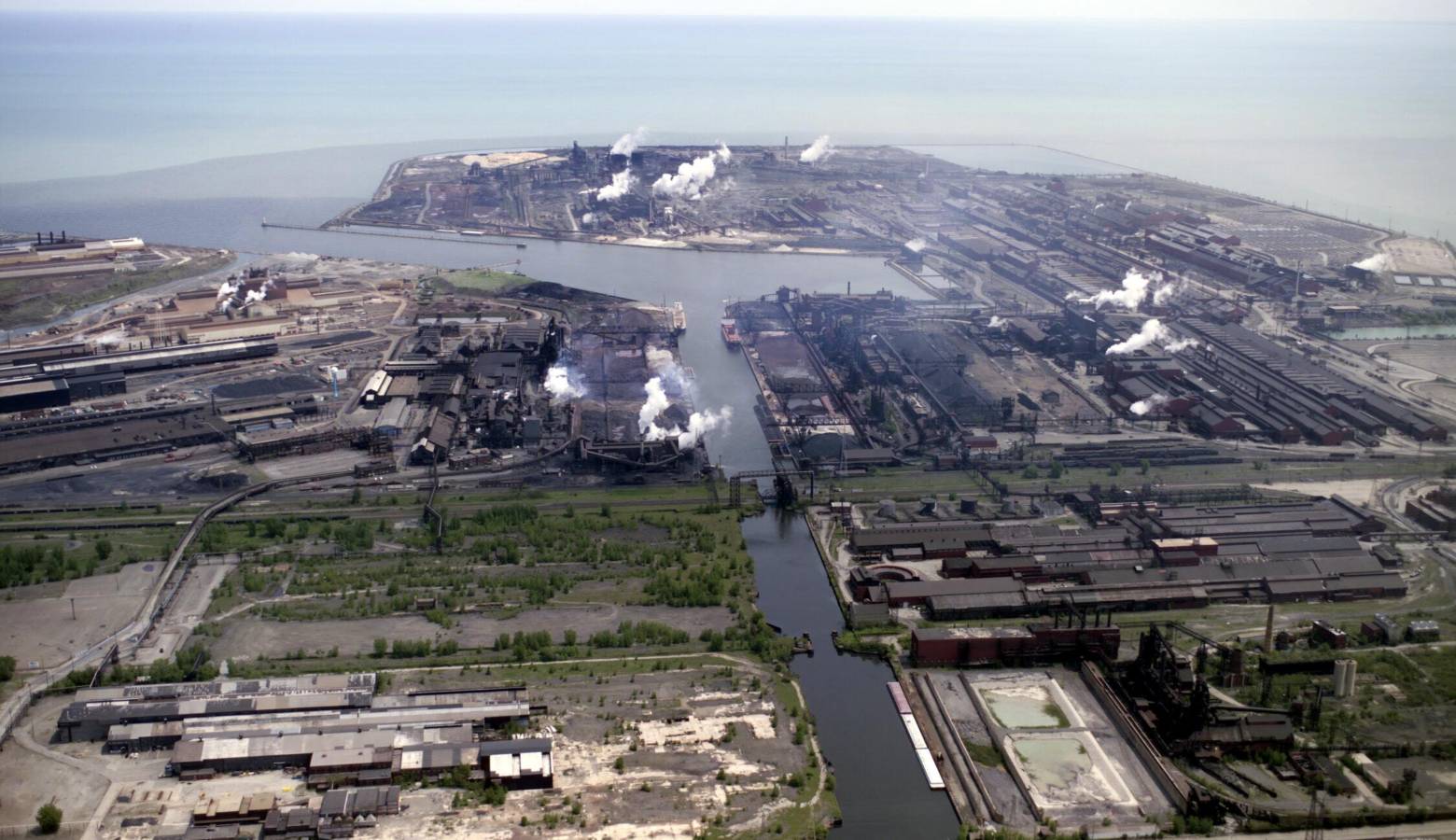EPA To Clean Up Lake Michigan Canal With Century-Old Pollutants

The Environmental Protection Agency plans to dredge 60,000 cubic yards of polluted sediment out of a canal that connects the Grand Calumet River in East Chicago to Lake Michigan. It’s part of a larger project to remove century-old industrial contaminants from the river.
Every year, the Illinois-Indiana Sea Grant takes local kids out for activities on the river for Grand Calumet River Stewardship Day. Caitie Nigrelli with the grant says since the EPA started removing polluted sediment out of the river in 2011, she’s seen wildlife in the area rebound — which has been great for the kids.
“Many of them got to see a bald eagle for their first time soaring over the river and they got to see a flock of five or six great blue herons take off,” Nigrelli says.
This latest $26 million cleanup on the Lake George Canal will be funded through a partnership with the EPA, the East Chicago Waterway Management District, and oil companies Atlantic Richfield and BP.
While many EPA cleanups are paid for by the responsible party, Nigrelli says it’s difficult to find one in legacy cases like this.
“You could have seen a hundred different industries sharing the shoreline. Some of them have gone bankrupt, some of them have dissolved,” she says.
The Grand Calumet River is one of the most polluted in the country. It’s part of the EPA’s Great Lakes Areas of Concern and the only one of those that was, at one time, impaired for all 14 beneficial uses. That means people can’t always do activities like eating the fish out of the river or swim in certain areas.
The EPA didn’t make someone available in time for comment.
Indiana Environmental reporting is supported by the Environmental Resilience Institute, an Indiana University Grand Challenge project developing Indiana-specific projections and informed responses to problems of environmental change.
